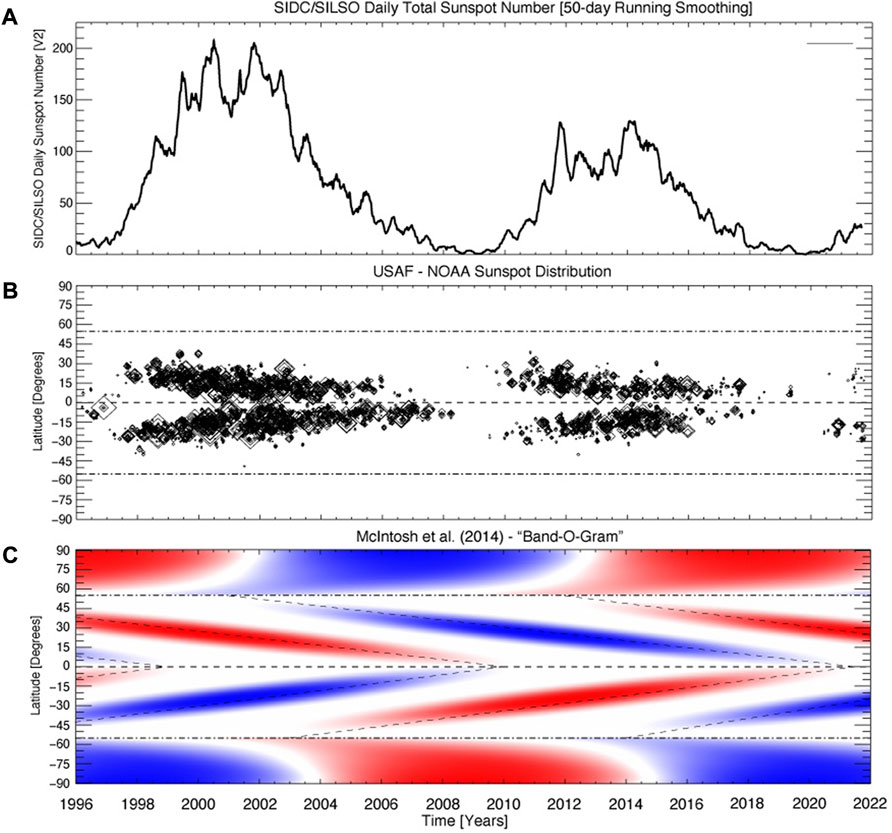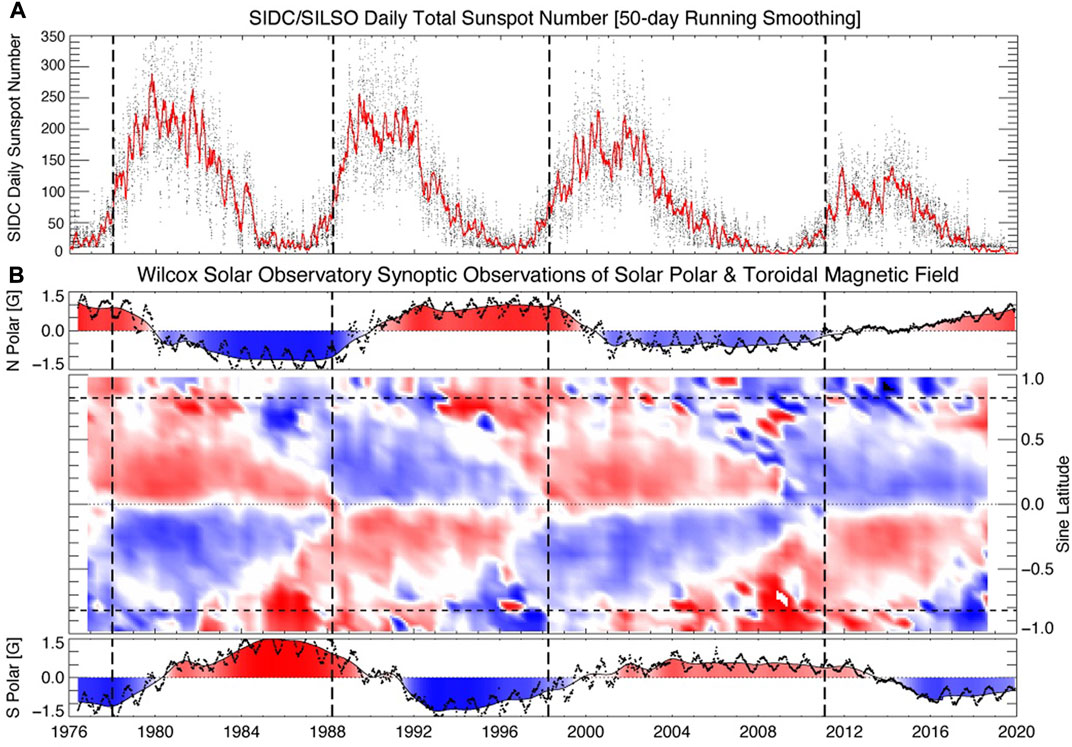SOLAR CYCLE ACTIVITY REPORT DECEMBER 03
Solar activity has been at moderate levels for the past 24 hours. The largest solar event of the period was a M1.3 event observed at 17:41 UTC on December 03 from new active region 13157, several C-class flares were observed from the same region.
The M1.3 event generated a Minor R1 Radio blackout over
There are currently 5 numbered sunspot regions on the disk: AR3152, AR3153, AR3154, AR3155 and new region AR3156
AR3156 located in the northeast (N25E61) is a large sunspot with an area of 180HM with alpha magnetic field. It has already produced a C8 flare and NOAA forecasts a 30% chance of C-class flares.
● Current Conditions at 05:00 UTC on December 03
▪︎Geospace quiet
▪︎Geomagnetic conditions now Kp=3
▪︎Solar wind speed record: 574.9 km/sec
▪︎density: 9.09 protons/cm3
▪︎Neutron Counts today: +1.9% Elevated
▪︎X-ray Solar Flare: C1.2 at 02:26 UTC
▪︎Sunspot number: 66 (SN 49 Dec 02)
▪︎Earth is inside a stream of solar wind flowing from a coronal hole.
SpaceWeatherlive..com
SpaceWeather.com
Solar activity has been at moderate levels for the past 24 hours. The largest solar event of the period was a M1.3 event observed at 17:41 UTC on December 03 from new active region 13157, several C-class flares were observed from the same region.
The M1.3 event generated a Minor R1 Radio blackout over
There are currently 5 numbered sunspot regions on the disk: AR3152, AR3153, AR3154, AR3155 and new region AR3156
AR3156 located in the northeast (N25E61) is a large sunspot with an area of 180HM with alpha magnetic field. It has already produced a C8 flare and NOAA forecasts a 30% chance of C-class flares.
● Current Conditions at 05:00 UTC on December 03
▪︎Geospace quiet
▪︎Geomagnetic conditions now Kp=3
▪︎Solar wind speed record: 574.9 km/sec
▪︎density: 9.09 protons/cm3
▪︎Neutron Counts today: +1.9% Elevated
▪︎X-ray Solar Flare: C1.2 at 02:26 UTC
▪︎Sunspot number: 66 (SN 49 Dec 02)
▪︎Earth is inside a stream of solar wind flowing from a coronal hole.
SpaceWeatherlive..com
SpaceWeather.com


